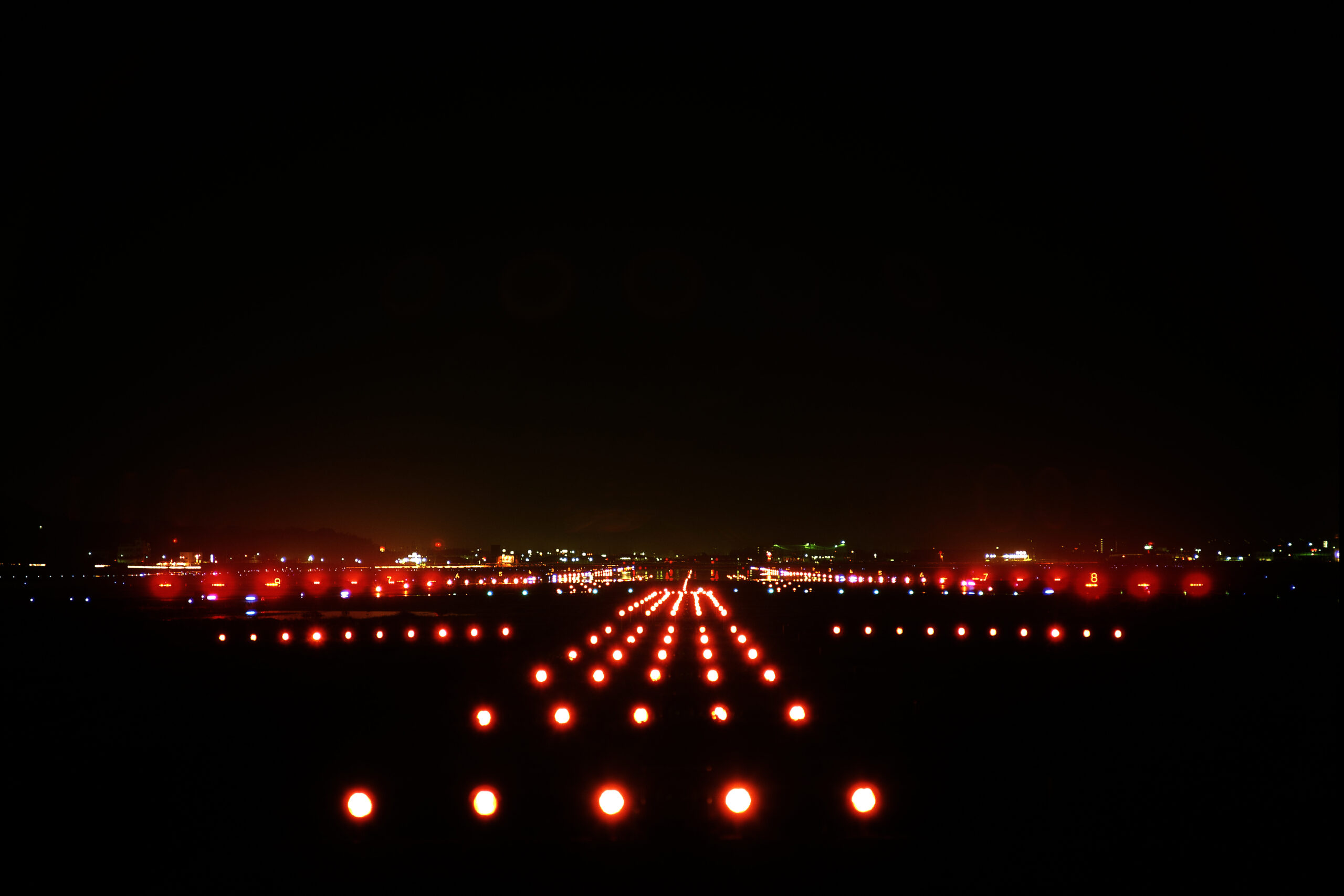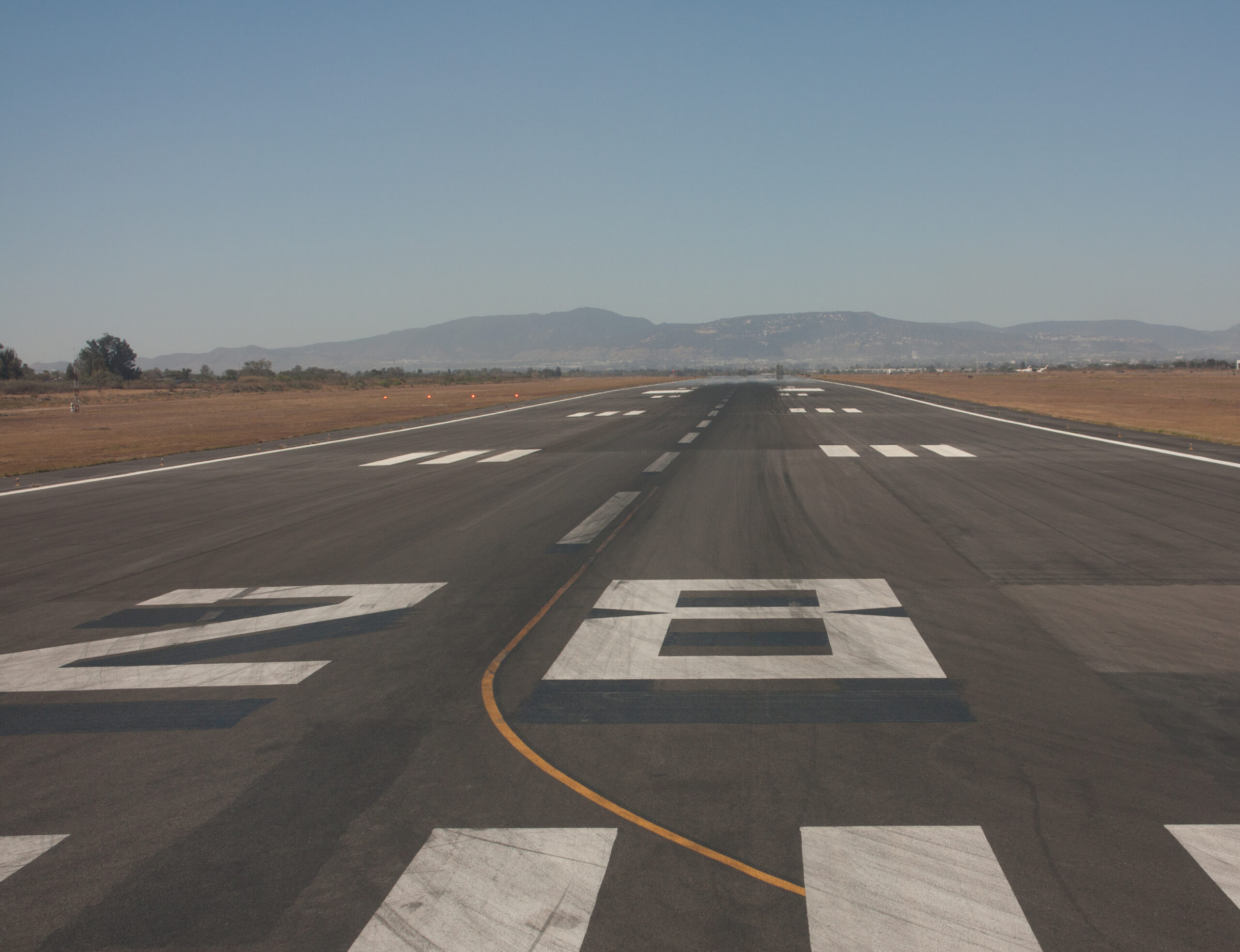There are many different things that pilots learn when they undergo their flight training. Due to its significance, the different illusions that they may encounter while in the sky is something that is sure to be mentioned.
For the most part, the bird’s eye view allows you to see far and wide. However, every now and then, the human senses can become a bit disoriented—and this can be incredibly dangerous for a pilot. This most often happens when flying at night.
Should you rely on visual references or stick to instruments? What if they are each giving you conflicting answers? What if what you are seeing isn’t really what you are seeing?
On a dark night, a black hole approach can be a severe hazard for pilots. Here is everything you need to know.
Dangers of Flying at Night
Flying at night can be incredible. It is as if you are seeing the world lit up while floating in the stillness of the night. That is, of course, until the darkness sets in.
Flying at night can be more dangerous than flying in the daytime. This has to do with our perception and how we see things in poor lighting. Visual illusions can appear without warning – and a black hole is one of them.
What is a Black Hole Approach?
A black hole approach occurs when you are flying at night without your peripheral vision. It can be very easy for vision to make you disoriented when the world around you is dark, especially with no stars, low moonlight, no ground features, and very few ground lights.
When you are in the air, experiencing a black hole approach means that you lose sight of where the horizon is. You will find yourself believing you are much higher than you actually are. As you get closer to the airport, you can see the bright runway lights surrounded by solid darkness.
The result? Many pilots in this situation find themselves coming in with a lower approach. They are, in a sense, sucked into the darkness and, without extra precaution, they may crash before reaching the runway.
Preparing for a black hole approach during training, both in a simulator and in flight, is one of the best ways to be as ready as possible for this situation when it happens. Though, many pilots will tell you that there is no way to be prepared for this black hole effect truly.
Factors that Contribute to the Black Hole Effect
Many accidents have occurred over the years due to the black hole approach causing pilots to lower their altitude much more than it should be. Both new and seasoned pilots have had this outcome by misjudging the scenario.
By relying on your sight and the visual references that are around you (or, at least, should be if you could see them), you are already starting off on an uneven playing field. In the darkness, your perception is altered, causing you to see things closer or farther away than they are.
Trouble with perception along with these factors can contribute to a black hole approach:
-
Terrain with no visual features
-
Large bodies of water on the approach to the runway
-
Bright city lights new the runway—set against a dark, featureless terrain
-
Long approaches that are straight in
-
Low moonlight and lack of starts
-
Fog, precipitation, or other means of low visibility
-
Turbulence on approach
Even a beautifully clear night with perfect visibility can be dangerous as the bright lights seem closer than they are.
It is important to understand these factors and how they play a role in a black hole approach. It is also important to take into account the fact that a pilot is human and that means there will be a human factor when it comes flying in the darkness. In other words, perception can be impacted without even realizing it.
Avoiding the Black Hole Effect
Remember, it does not matter how well you fly or how experienced you are as a pilot, the black hole effect has the ability to impact any pilot at any time. Rather than assume it will never happen to you, it is best to know what to do should you find yourself in this situation.
How can you avoid the black hole effect?
Ideally, you would want to focus on your instruments rather than on visual references since they are likely going to play tricks on your mind. Bear in mind that even the best flight instruments cannot always tell you what you need to know in time. This means that your Altimeter, Airspeed Indicator, and Vertical Speed Indicator will give you the right info, but it may not lead you to see any warning signs.
Know before you go. A black hole approach is confusion between what you are seeing and what your brain decides you are seeing. To counteract this, do your research before you fly. Have a visual of what the airport looks like so that you can plan your approach before you ever take off.
A few additional things that you may want to take into consideration to avoid the black hole effect include:
-
What is the elevation where the airport is located? Is the runway level? Or does it have a slope to it?
-
What type of terrain will you find around the airport?
-
What size is the runway? Pay attention as to whether or not it is wider or more narrow than you are used to.
-
Are there any instruments that can be used to help you determine positioning or guidance? What can you take advantage of? What should you and should you not rely on in this situation?
Again, taking time to research the airport and the surrounding area before you even take a flight can give you a lot of helpful insight to keep you safe.
Learn the Tools for Safe Air Travel at CAU
At California Aeronautical University, we provide you with the tools and skills necessary to fly safely day or night. Request information today to learn more about what we have to offer.
Ready to soar in your aviation career?
Mr. Matthew A. Johnston has over 23 years of experience serving various roles in education and is currently serving as the President of California Aeronautical University. He maintains memberships and is a supporting participant with several aviation promoting and advocacy associations including University Aviation Association (UAA), Regional Airline Association (RAA), AOPA, NBAA, and EAA with the Young Eagles program. He is proud of his collaboration with airlines, aviation businesses and individual aviation professionals who are working with him to develop California Aeronautical University as a leader in educating aviation professionals.

